
AeroGenie — Votre copilote intelligent.
Tendances
Categories
Heavy lift drone maker BonV Aero delivers 20-kg payload over 60 km
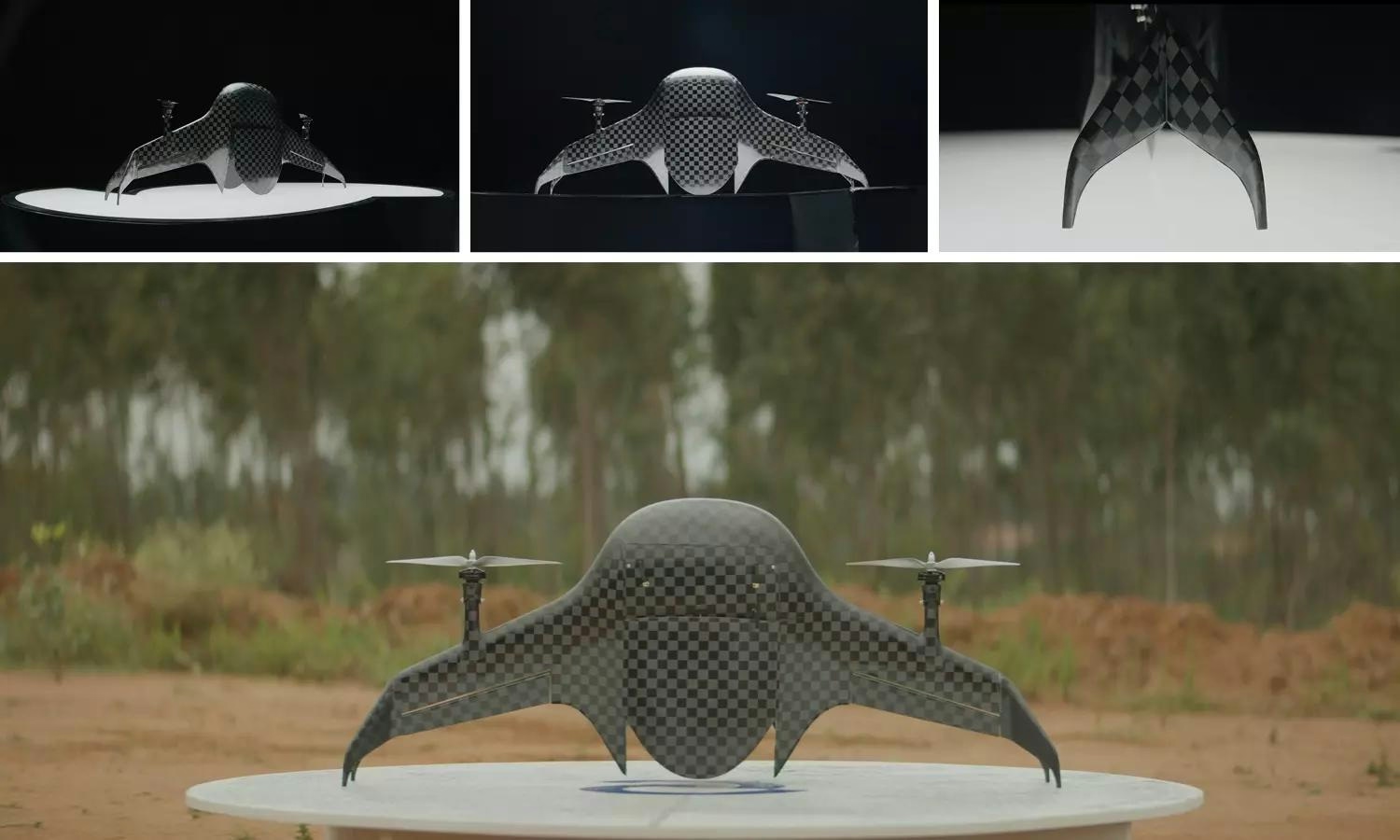
BonV Aero Achieves Breakthrough in Heavy-Lift Drone Logistics
Indian drone manufacturer BonV Aero has marked a significant advancement in unmanned aerial logistics by successfully delivering a 20-kilogram payload over a distance of 60 kilometres. The flight was conducted under Beyond Visual Line of Sight (BVLOS) conditions and completed in 75 minutes at an average speed of 48 km/h. This achievement highlights the operational maturity of BonV Aero’s proprietary propulsion and energy systems, which are engineered for high-endurance missions involving substantial payloads.
Satyabrata Satapathy, Co-founder and CEO of BonV Aero, described the milestone as a defining moment for Indian drone logistics. He emphasized that this is the first instance of a domestic unmanned aerial vehicle demonstrating such a combination of range and payload capacity in a BVLOS flight. According to Satapathy, the company is poised to transition drone-based logistics from experimental phases to practical, real-world applications.
Building on Previous High-Altitude Successes
This recent accomplishment builds upon BonV Aero’s earlier record set in 2023, when its drone lifted 30 kilograms of cargo to an altitude of 19,024 feet (5,799 metres) at Umling La Pass in Ladakh. The company currently offers heavy-lift drone solutions tailored for defence, disaster response, and commercial logistics. Its focus remains on advancing propulsion, energy, and autonomous systems to ensure reliable performance in high-altitude and challenging environments.
Context Within a Competitive and Evolving Market
BonV Aero’s progress occurs amid intensifying competition in the heavy-lift drone sector. Industry rivals such as Envirotech Vehicles have introduced drones capable of carrying payloads up to 1,500 pounds, while Freespace Operations has developed the Callisto 50 drone, which can transport loads of up to 100 kilograms. Other notable advancements include the C100 heavy quadcopter drone, which is transitioning from Army to Air Force applications, and Radia’s Windrunner, a large cargo drone designed to carry payloads equivalent to the weight of four F-35 stealth fighters.
These developments underscore a rapidly evolving market driven by increasing demand for versatile drone solutions across agriculture, defence, and logistics sectors. As competitors continue to enhance drone capabilities and payload capacities, BonV Aero’s latest BVLOS delivery highlights India’s emerging role in the global drone logistics arena and signals the company’s readiness to address operational challenges in real-world scenarios.
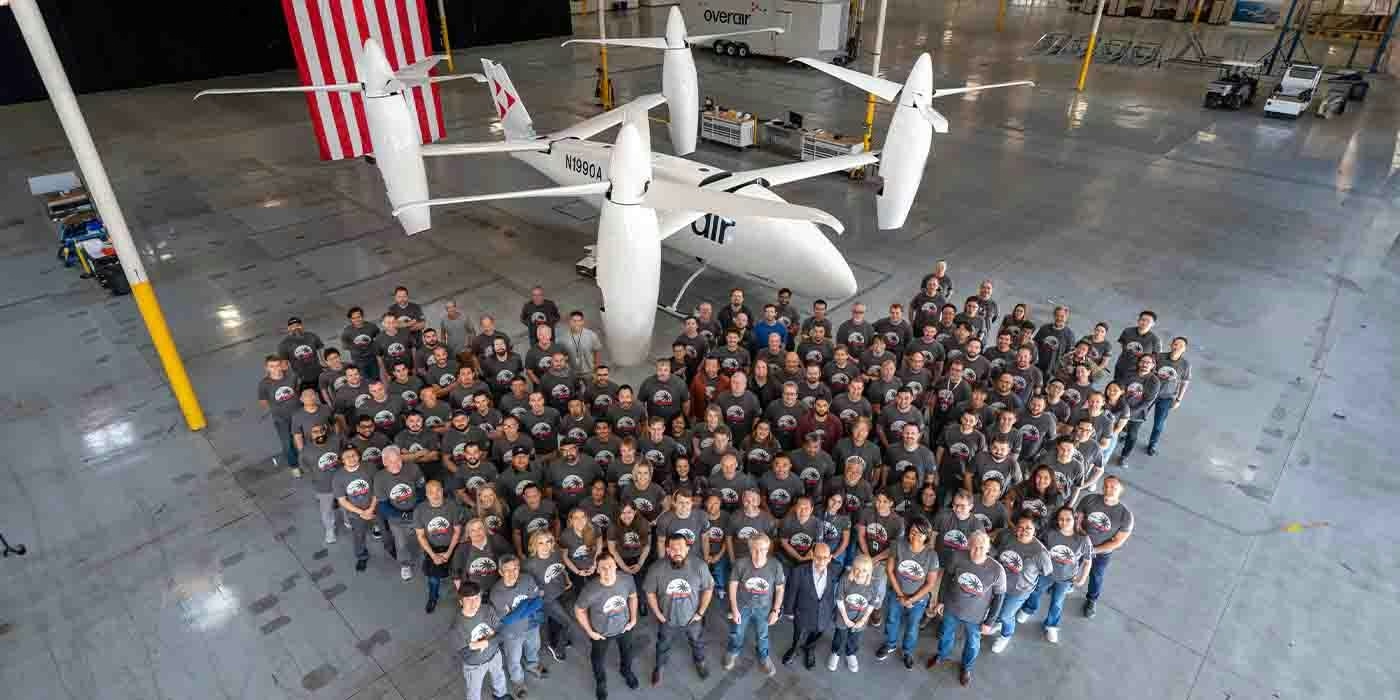
Unique mixed-propulsion eVTOL completes transition flight testing
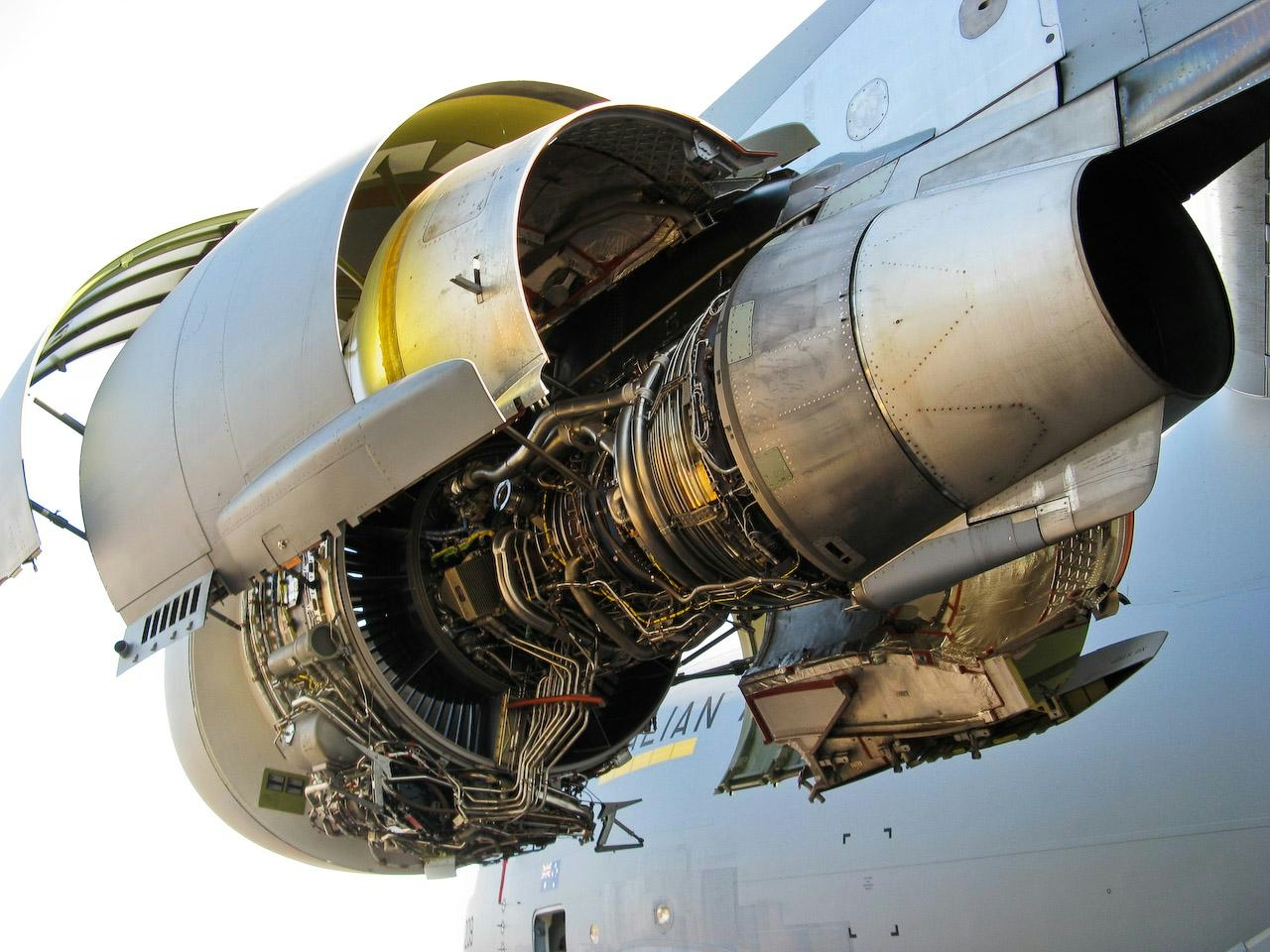
Are C-17 Globemaster Engines Derived from Boeing 757?
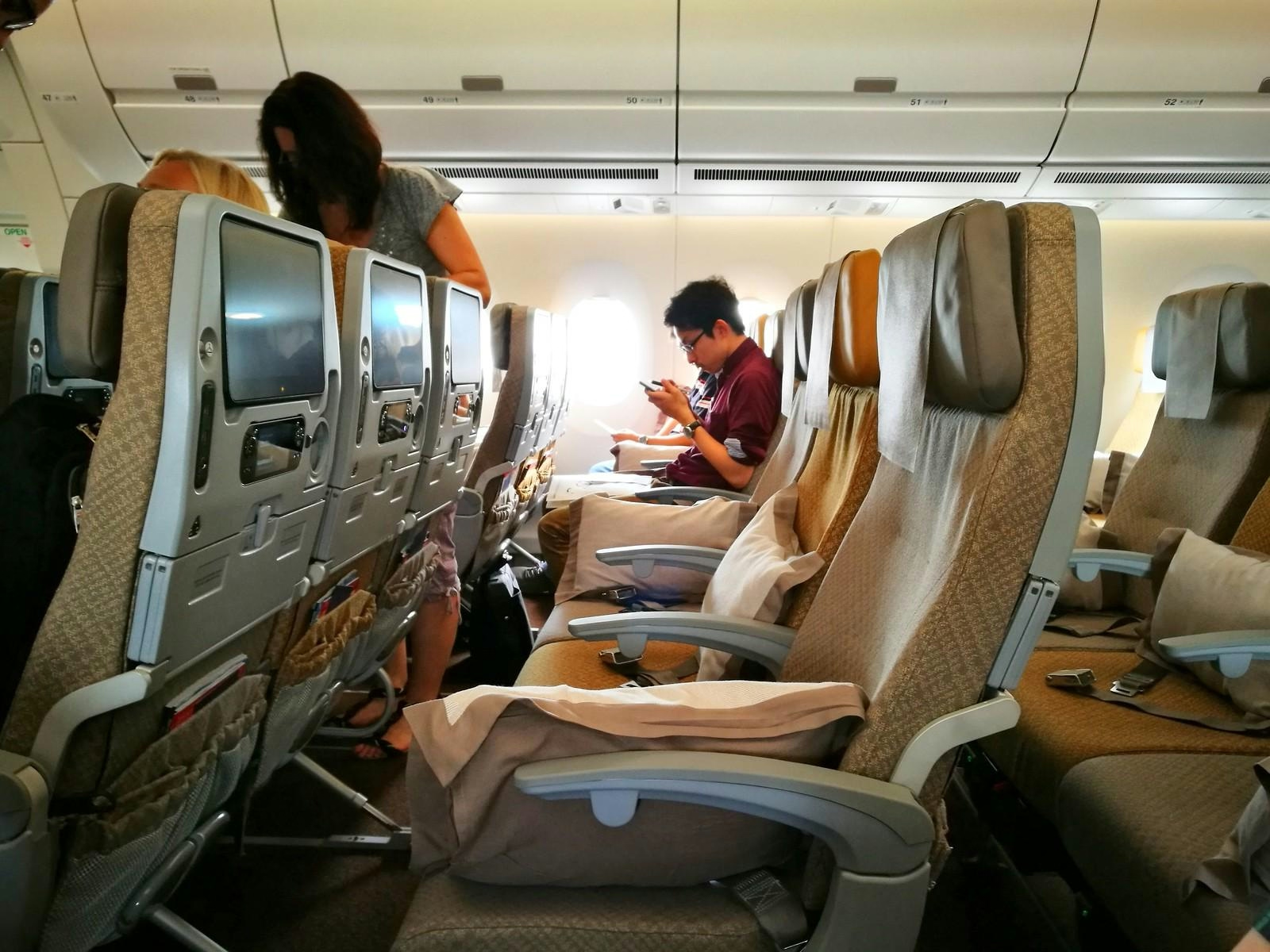
Why the Airbus A350’s Cabin Is Quieter Than Other Aircraft
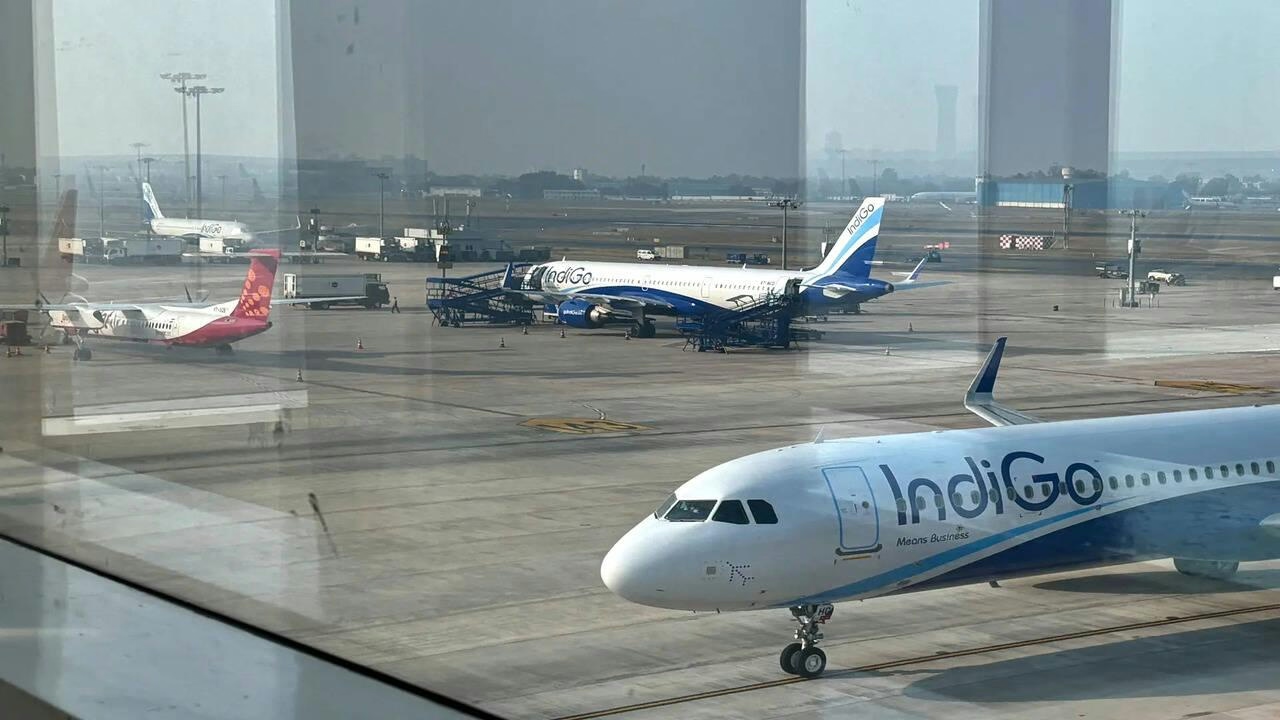
AI and AI Express Plan to Increase Capacity Amid IndiGo Flight Disruptions
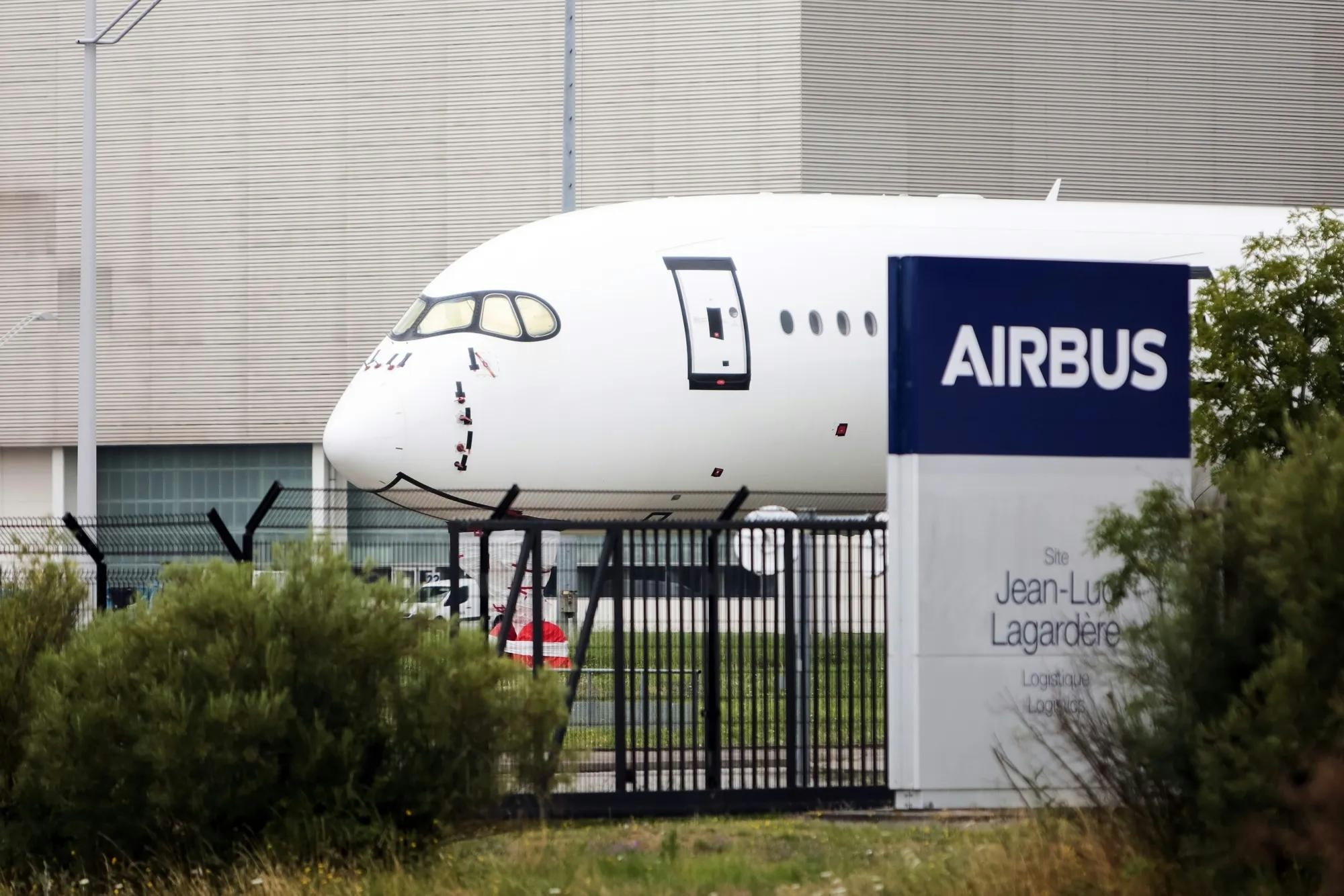
Kazakhstan and France Agree on Airbus Aircraft Deliveries
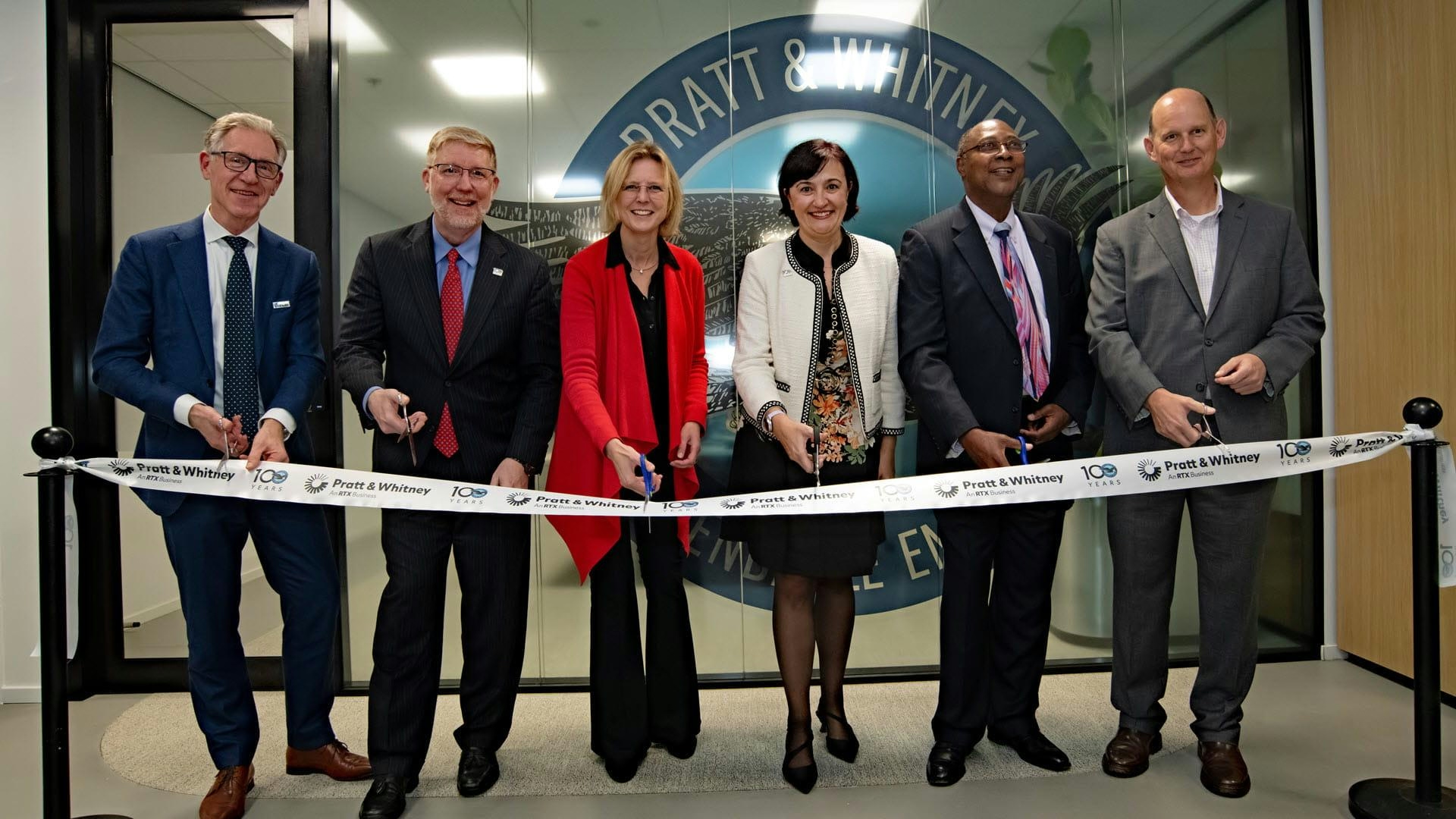
Europe’s Emerging Talent Drives Aviation Innovation
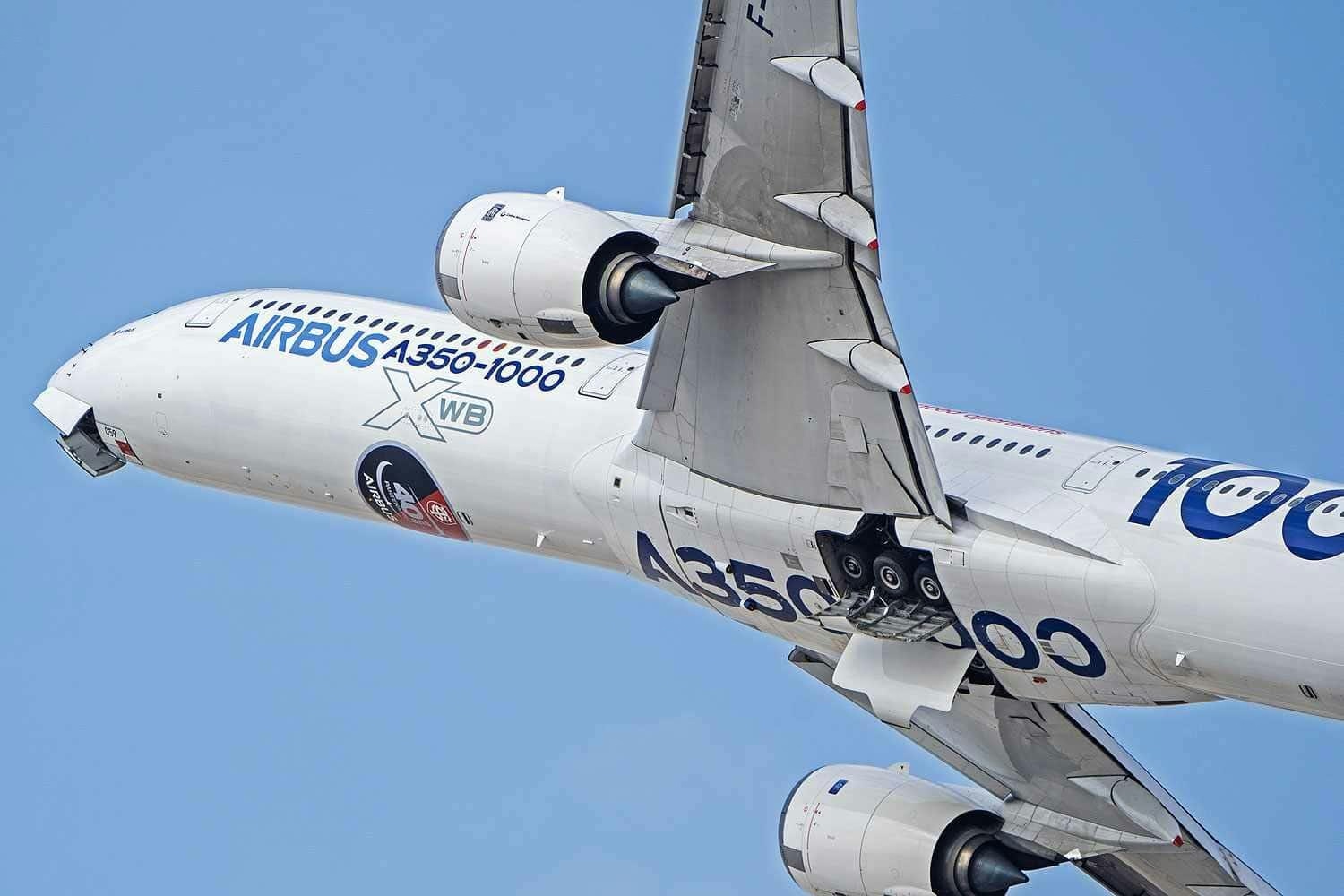
Airbus Receives New Order for A350-1000
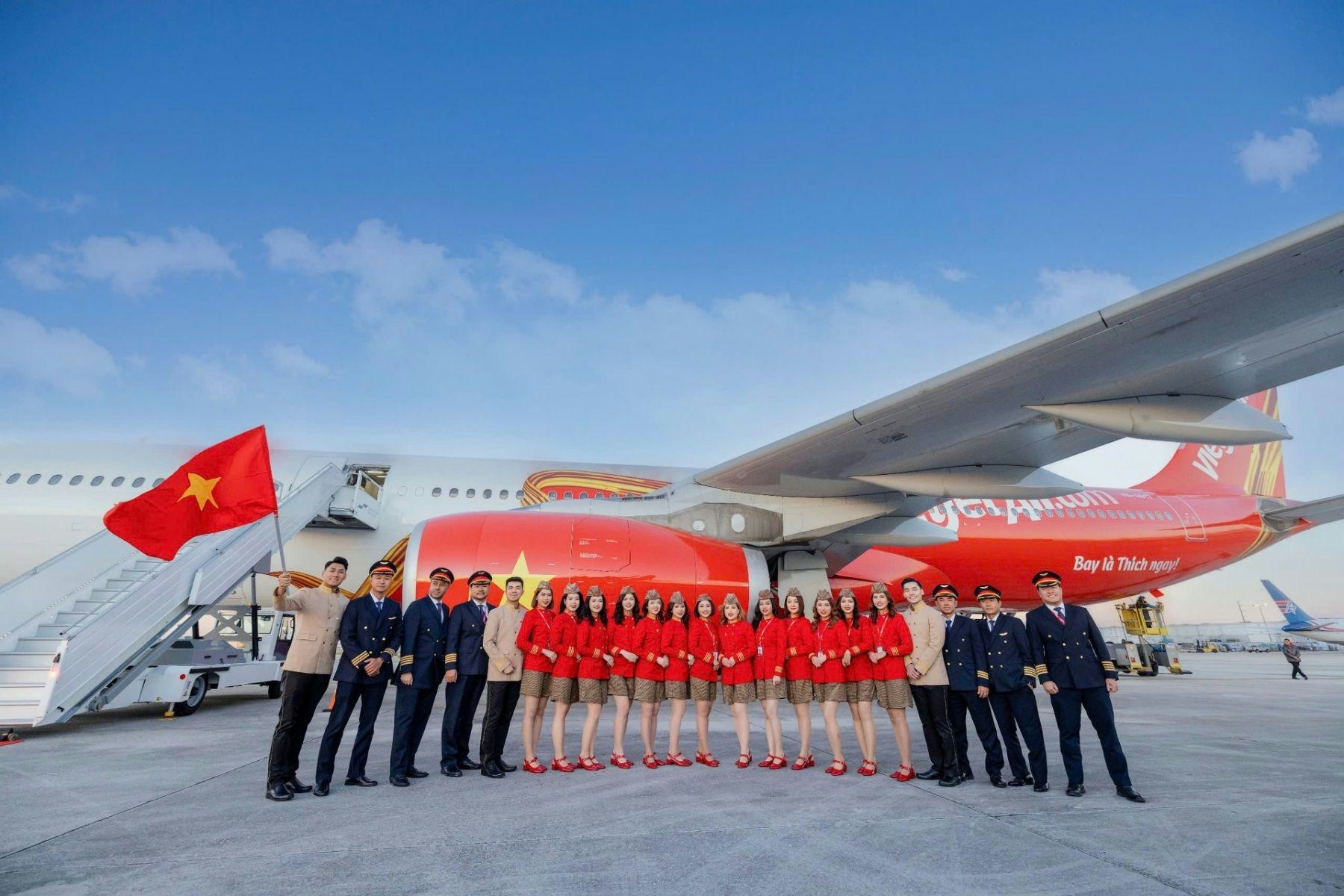
The Leading Widebody Aircraft in Service Today
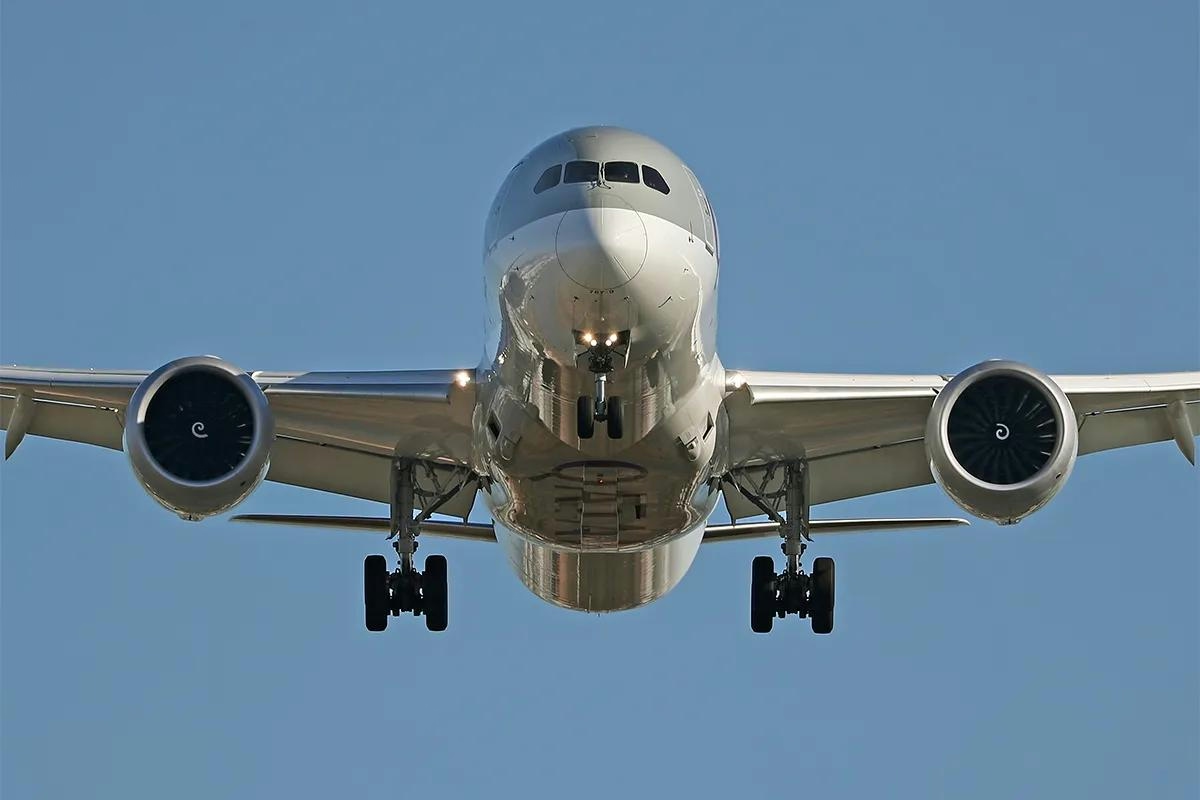
The Fastest Boeing Jet Currently in Service
